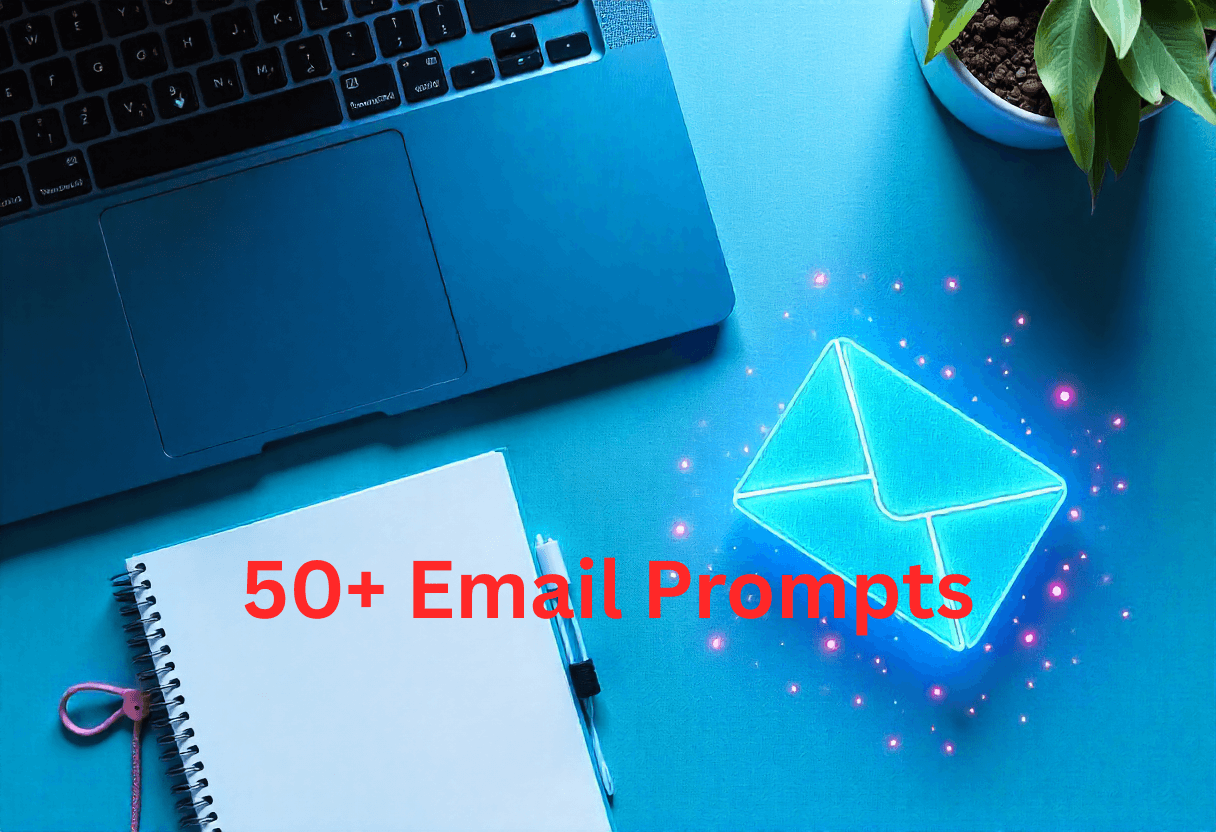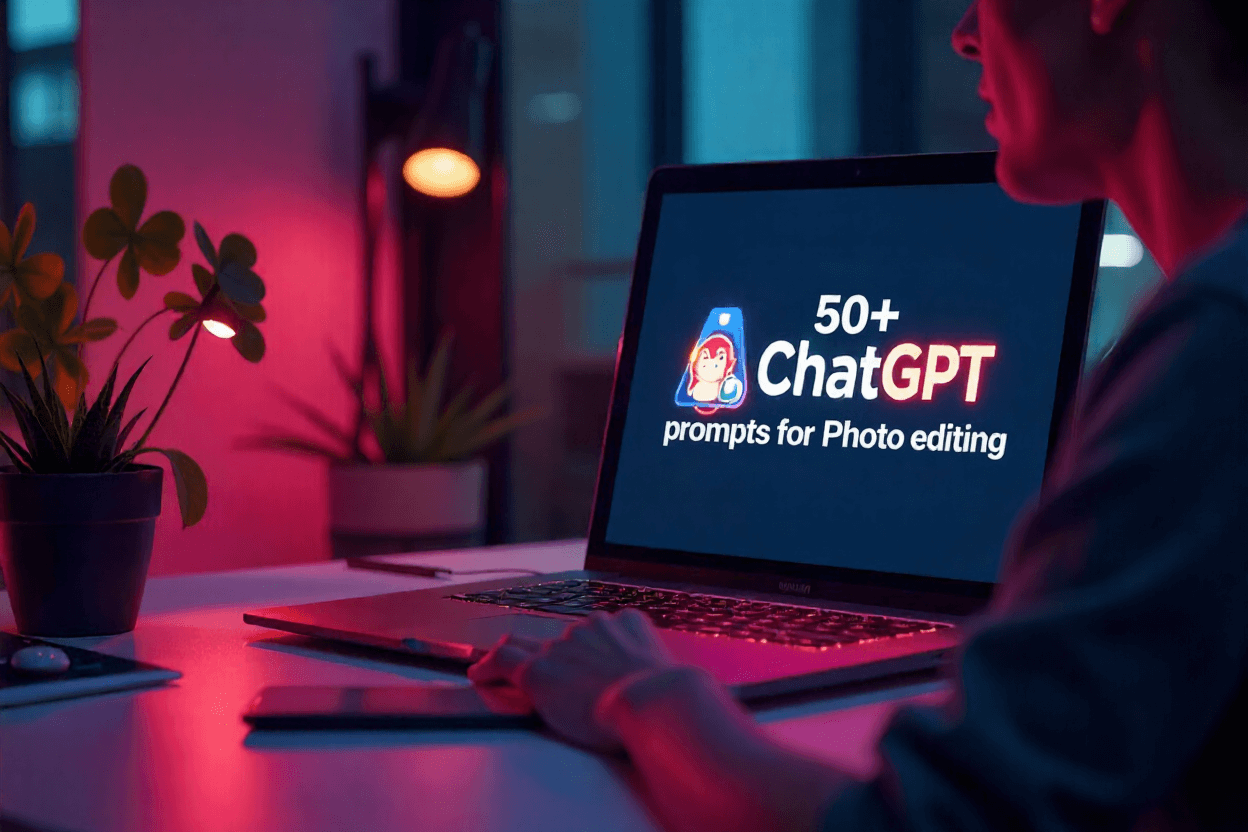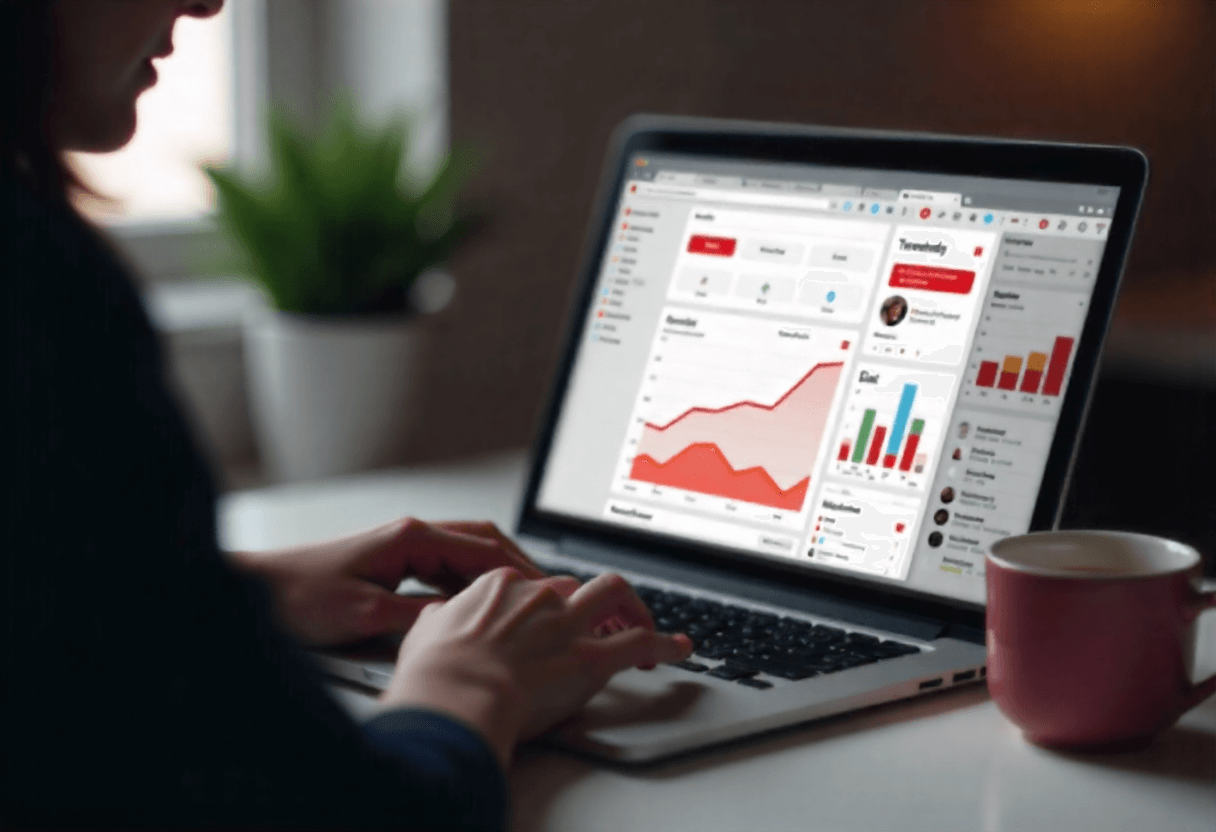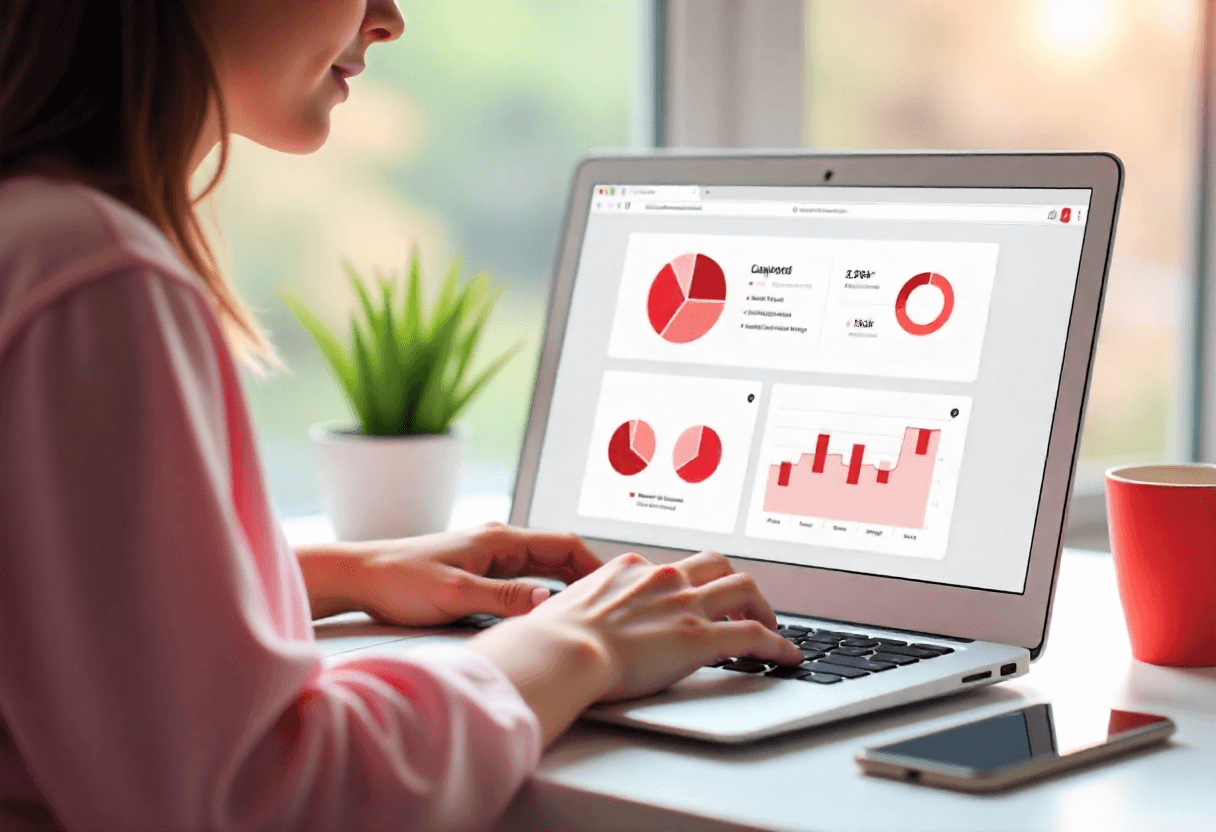
In today’s digital age, social media has become an indispensable tool for businesses to connect with their audience, build brand awareness, and drive engagement. Among the myriad of strategies and tactics available, one powerful tool stands out the hashtag. Hashtags have revolutionized the way content is discovered, shared, and engaged with on social media platforms. From Twitter to Instagram, and Facebook to LinkedIn, hashtags have become an integral part of social media marketing campaigns. In this blog post, we’ll explore the role of hashtags in social media marketing campaigns, their significance, and how businesses can leverage them effectively to amplify their brand presence and reach their marketing goals. So, let’s dive in!
Understanding Hashtags
A hashtag, denoted by the pound sign (#), is a metadata tag used on social media platforms to categorize content and make it more discoverable. Originally popularized on Twitter, hashtags have now permeated virtually every major social media platform, including Instagram, Facebook, LinkedIn, and TikTok.
Origins and Evolution
Hashtags originated on X in 2007, introduced by user Chris Messina. Initially used to group related tweets, hashtags have evolved into a powerful tool for organizing and searching content across social media platforms. Over time, hashtags have become ubiquitous, being used not only for categorization but also as a means of expression, activism, and marketing.
How Hashtags Work
Hashtags turn words or phrases into clickable links that lead to a feed of other posts using the same hashtag. Users can click on a hashtag to explore related content or follow a specific topic. Hashtags are searchable, allowing users to discover content relevant to their interests or needs.
Types of Hashtags
- Branded Hashtags: Created by businesses to promote their brand or specific campaigns.
- Trending Hashtags: Topics or keywords that are currently popular on social media.
- Niche-specific Hashtags: Targeted towards specific communities or interests.
- Campaign-specific Hashtags: Designed for a particular marketing campaign or initiative.
Benefits of Using Hashtags in Marketing Campaigns
Hashtags are more than just trendy symbols on social media; they are powerful tools that offer numerous benefits for businesses when incorporated into their marketing campaigns. Here are some key advantages:
Increased Visibility and Reach
Hashtags make your content more discoverable to a wider audience beyond your existing followers. By using popular or trending hashtags, your posts have the potential to reach users who are searching for or following those specific topics.
Targeting Specific Audiences
Niche-specific hashtags allow you to target and engage with a highly relevant audience interested in your industry, products, or services. By using hashtags related to your niche, you attract users who are more likely to be interested in what you have to offer, leading to higher engagement and conversion rates.
Encouraging User-Generated Content
Branded hashtags encourage user-generated content (UGC), where customers create and share content related to your brand. UGC not only provides authentic endorsements of your brand but also increases brand awareness as users share their experiences with their networks.
Boosting Engagement and Interactions
Hashtags foster conversations and interactions among users with shared interests. When users engage with your hashtagged posts by liking, commenting, or sharing, it increases your content’s visibility and engagement metrics, such as likes, comments, and shares.
Best Practices for Using Hashtags
While hashtags can be highly effective in enhancing your social media marketing efforts, their success largely depends on how strategically they are used. Here are some best practices to maximize the impact of hashtags in your marketing campaigns:
Research Relevant Hashtags
Conduct thorough research to identify hashtags that are relevant to your industry, target audience, and campaign objectives. Use tools like Hashtagify, RiteTag, or social media analytics to discover trending hashtags and gauge their popularity and engagement levels.
Create Unique Branded Hashtags
Develop and promote unique branded hashtags that are specific to your brand or campaign. Branded hashtags help to differentiate your content, encourage user-generated content, and build a community around your brand.
Use a Mix of Popular and Niche Hashtags
Strike a balance between using popular, trending hashtags and niche-specific hashtags. Popular hashtags increase your content’s visibility to a broader audience, while niche hashtags target a more specific and engaged audience.
Avoid Overuse and Spamming
Limit the number of hashtags used in a single post to maintain readability and avoid coming across as spammy. Focus on quality over quantity by selecting a few relevant and impactful hashtags that best represent your content.
Monitor and Analyze Hashtag Performance
Regularly monitor the performance of your hashtags to understand their effectiveness in driving engagement and reach. Use social media analytics tools to track metrics such as impressions, clicks, likes, and shares associated with your hashtagged posts.
Also Read: Tweet to Image Converter Tools
Tips for Incorporating Hashtags Into Marketing Campaigns
Successfully integrating hashtags into your marketing campaigns requires careful planning and execution. Here are some tips to help you effectively incorporate hashtags into your marketing strategy:
Integrate Hashtags Into Your Content Strategy
Align your hashtag usage with your overall content strategy and campaign goals. Create content that complements your chosen hashtags and resonates with your target audience.
Leverage Trending Topics and Events
Stay updated on current events, holidays, and trending topics relevant to your industry or audience. Incorporate trending hashtags into your posts to capitalize on popular conversations and increase your content’s visibility.
Encourage Audience Participation and Engagement
Prompt your audience to engage with your branded hashtags by including clear calls-to-action (CTAs) in your posts. Run contests, challenges, or campaigns that encourage users to create and share content using your branded hashtags.
Be Strategic Across Platforms
Tailor your hashtag strategy to each social media platform’s unique features and audience preferences. Research the best practices and guidelines for using hashtags on platforms like Twitter, Instagram, Facebook, LinkedIn, and TikTok.
Measure the Effectiveness of Hashtag Usage
Track and analyze key metrics associated with your hashtagged posts, such as reach, engagement, and conversions. Use insights from analytics tools to refine your hashtag strategy and optimize future campaigns.
Future Trends and Developments
As social media continues to evolve, so do the trends and developments surrounding hashtag usage in marketing campaigns. Here are some future trends and developments to watch out for:
Enhanced Hashtag Analytics
Expect advancements in hashtag analytics tools that provide deeper insights into hashtag performance, audience behavior, and content trends. These tools may offer more sophisticated metrics and predictive analytics to help marketers optimize their hashtag strategies.
AI-Powered Hashtag Recommendations
Artificial intelligence (AI) algorithms may be utilized to analyze content and suggest relevant hashtags based on context, audience interests, and trending topics. AI-powered hashtag recommendation tools could streamline the hashtag selection process and improve the effectiveness of marketing campaigns.
Integration with E-commerce
With the rise of social commerce, hashtags may become more seamlessly integrated with e-commerce platforms. Businesses could leverage branded hashtags to drive product discovery, facilitate transactions, and encourage user-generated content related to their products.
Augmented Reality (AR) Hashtags
AR technology may enable the creation of interactive hashtag experiences, allowing users to engage with branded content in immersive ways. AR-powered hashtags could enhance brand storytelling, product demonstrations, and experiential marketing campaigns on social media.
Privacy and Data Protection
As concerns over privacy and data protection grow, social media platforms may introduce stricter guidelines and policies regarding hashtag usage. Marketers will need to ensure compliance with regulations such as the General Data Protection Regulation (GDPR) and adapt their hashtag strategies accordingly.
Conclusion
In conclusion, hashtags have become indispensable assets in the arsenal of social media marketers, offering a multitude of benefits for enhancing brand visibility, engagement, and reach. From increasing content discoverability to fostering community engagement and driving user-generated content, hashtags play a pivotal role in shaping the success of marketing campaigns across various social media platforms.
By understanding the fundamentals of hashtags, adhering to best practices, and embracing emerging trends and developments, businesses can harness the full potential of hashtags to achieve their marketing objectives and stay ahead in the dynamic landscape of social media.
As we look toward the future, it is evident that hashtags will continue to evolve alongside advancements in technology, consumer behavior, and platform capabilities. By staying agile, adaptive, and innovative, marketers can leverage hashtags as powerful tools for driving meaningful connections, amplifying brand messaging, and ultimately, driving business growth in the ever-changing world of social media marketing.






